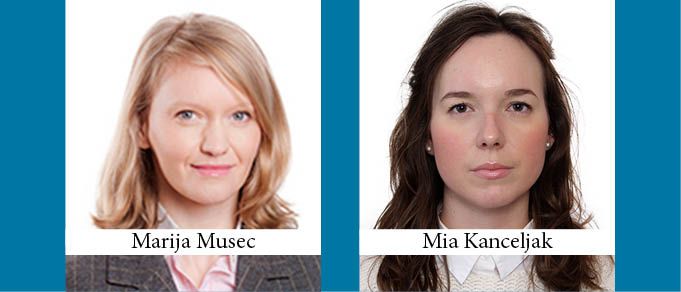Over the last years, Croatia has produced more electricity from renewable than from fossil sources. The share of renewables in electric energy generation varies depending on hydrological conditions, as the majority of electric energy in Croatia is generated from large hydropower plants.
Croatia will probably review its goal of 20 percent share of renewable energy (the “RES”) in final energy consumption – since it has already exceeded it. Indeed, the European Commission has proposed in its winter energy package to increase the RES to at least 27 percent by 2030, while Eurostat data shows that Croatia achieved a 29 percent share back in 2015.
In 2011, 45% of electric energy in Croatia was produced from renewable energy sources including large hydro power plants. In 2012, this share was increased to 49.5%, in 2013 to 65.2%, and in 2014 to 74.2%, although in 2015 the share decreased to 68%. Large hydro power plants produced from 42% to 67.3%, while other renewable sources (small hydro power plants, wind energy, solar energy, biomass, biogas, and photovoltaic systems) produced between 3% to 6.9% depending on the year.
(Lack of a) Legislative Framework
In January 2016 a new Act on Renewable Energy Sources and Highly Effective Cogeneration came into force, introducing a new incentive system for RES and highly effective cogeneration in Croatia. This system consisted of: (i) a market premium, and (ii) a guaranteed purchase price for RES facilities up to 30 kW.
The new incentive system envisages that an eligible electricity producer selling electricity on the electricity market will receive a market premium from the electricity market operator (HROTE) for the net electricity delivered from the production plant to the power grid. Eligible producers with production plants of installed power up to including 30 kW can enter into a power purchase agreement with HROTE for the purchase of electricity with a guaranteed purchase price.
One would think that Croatia is on the way to fully utilizing its (impressive) capacities.
However, the Croatian Government has not yet adopted secondary legislation for the implementation of the new incentive system and new quotas for renewables have not yet been defined. As the quotas for inclusion of RES projects in the (now obsolete) feed-in-tariff system have been almost fully met, in order to enable further development of RES projects, it is essential to define new quotas based on which tenders for incentives will be published.
In other words: No new quotas, and no tenders for incentives, equals no (new) projects.
Also, there is a lack of funds for financing the incentives for electricity produced from renewable sources. End users pay a monthly fee for promotion of electricity from renewable sources as a part of their monthly invoice for electricity utility, which is used to finance the promotion of production of electricity from renewables. For this reason, in August 2017 the Croatian Government increased the fee for promotion of renewables from 0.035 HRK/kWh to 0.105 HRK/kWh (VAT excluded).
Further impediments to the development of renewables include deficiencies in the distribution and transmission grid in Croatia and the failure to enact measures which would enable the country to take full advantage of available European funds.
Upcoming Developments / Opportunities in the Renewables Sector
Croatia has real potential to transform into an energy-efficient, sustainable renewable-based economy, with its small population, relatively low energy demand, ample sun and wind resources, large areas of forest, and large existing hydropower plant capacity. However, Croatia does not fully maximize its potential in renewables, especially involving solar and wind energy. Indeed, despite having the remarkable advantage of the Croatian coast, which provides incredible potential for solar and wind energy, there have not yet been any projects for offshore wind power plants.
The Croatian Energy Development Strategy envisages installation of 100 MW in small hydro power plants by 2020. As the environmental protection requirement is a big factor in planning a hydropower project, most of the hydropower potential left in Croatia could be problematic because of its biodiversity impacts and the fact that almost all Croatian rivers are planned for inclusion in the EU’s Natura 2000 network.
As the majority of large hydro power plants were built a few decades ago, Hrvatska Elektroprivreda will invest almost HRK 3.2 billion into the revitalization of the country’s largest hydroelectric power plants, which will increase their installed power by around 150 MW by 2022. Also, in the next 18 months, energy renewal is planned for 223 kindergartens, schools, faculties, and student homes at a cost of HRK 781 million, with HRK 348 million to be drawn from EU funds.
By Marija Musec, Partner, and Mia Kanceljak, Attorney-at-Law, Bardek, Lisac, Musec, Skoko Law Firm in cooperation with CMS Reich-Rohrwig Hainz
This Article was originally published in Issue 5.2 of the CEE Legal Matters Magazine. If you would like to receive a hard copy of the magazine, you can subscribe here.
